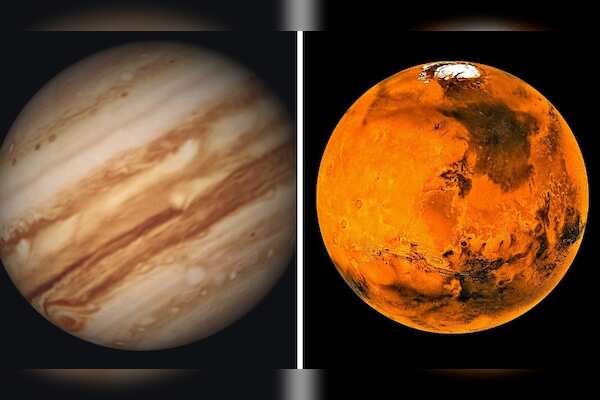In the 1980s, NASA's Voyager spacecraft flew past Uranus and Neptune, revealing that the two planets are abundant in frozen water. A recent study now suggests that methane ice may also be present on these distant planets, potentially solving the mystery of their formation. The unique characteristics of Uranus and Neptune have long puzzled scientists due to their location and the limited data available.
Previous models speculated that the planets consisted of a thin layer of hydrogen and helium, superionic water and ammonia, and a rocky core, earning them the title of "ice giants." However, a new study challenges this theory by examining how Uranus and Neptune formed. As the planets emerged from the dust cloud surrounding the young sun, they likely absorbed planetesimals - comet-like objects that were rich in carbon, contrary to the water-rich components in existing models. The study, led by planetary scientist Uri Malamud from the Technion–Israel Institute of Technology, explored various interior compositions for Uranus and Neptune, including iron, water, and methane. The researchers discovered that models incorporating methane, either as solid chunks or under extreme pressure in a mushy state, best matched the observed characteristics of the planets. The presence of methane could possibly explain how these "ice giants" came to be. The researchers propose that methane ice formed as hydrogen within the growing planets chemically interacted with the carbon in the incoming planetesimals under intense heat and pressure. While confirming the presence of methane on Uranus and Neptune may be challenging, future missions - like those proposed by NASA - could offer further insight into these enigmatic planets. These missions may help validate the findings of this study and enhance our understanding of the composition and formation of Uranus and Neptune.Methane Ice Found on Uranus and Neptune: Solving the Mystery of Their Formation
 7 months ago
1551
7 months ago
1551
- Homepage
- Tech & Sicence
- Methane Ice Found on Uranus and Neptune: Solving the Mystery of Their Formation
Related
NASA Faces 19-Day Deadline to Bring Back Astronauts from ISS...
3 months ago
1122
Nvidia potentially delaying release of data center GPU B200 ...
3 months ago
1138
Rare Celestial Event: Mars and Jupiter Alignment on August 1...
3 months ago
1505
Trending in United States of America
Popular
Disney's Major Investment in Epic Games Signals Next Chapter...
8 months ago
1804
Top commodity trader Andurand predicts quadruple increase in...
6 months ago
1741
Middle East tension boosts Brent crude above $90 for the fir...
7 months ago
1735
World of Warcraft Companion App to be Discontinued by Blizza...
7 months ago
1731
"Don't Take Travel for Granted: Tips for Traveling with Elde...
8 months ago
1729
© StoryBrut 2024. All rights are reserved








 English (US)
English (US)